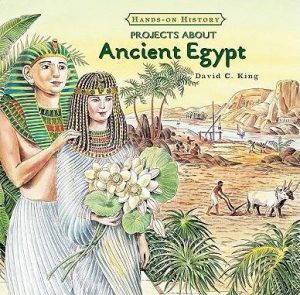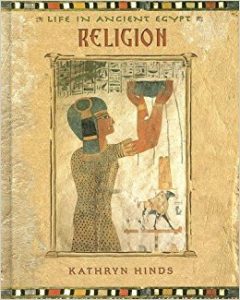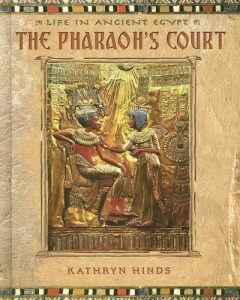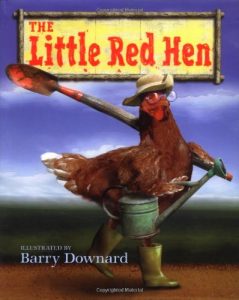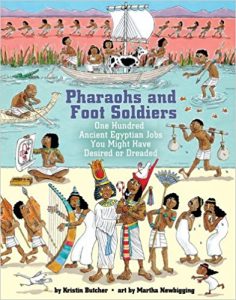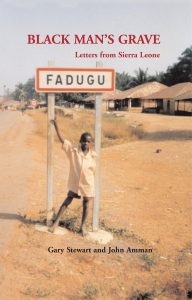 The memoir and the movie have only scratched the surface. Black Man’s Grave tells what happened to place the boy-turned-soldier in jeopardy and why Sierra Leone’s diamonds acquired their bloody tinge. Meet the greedy politicians who hijacked a fledgling democracy, the rebels who brought them down, and the villagers who struggled to survive the country’s chaotic descent. The cast includes Sierra Leone’s “big man,” Siaka Stevens; RUF leader Foday Sankoh, whose grandfatherly demeanor belied the viciousness with which he sought to impose his “revolution”; and one who aspired to the big man role, Charles Taylor from next-door Liberia. Taylor’s support for Sierra Leone’s rebel war expanded from initial hostility toward Stevens’s handpicked successor into a commercial venture that supplied arms in exchange for diamonds. In an offshoot of that pernicious trade, links between Sierra Leone’s diamonds and al Qaeda have been traced. The revelations of Black Man’s Grave help us understand the frustrations that simmer throughout much of the third world and threaten a peaceful future.
The memoir and the movie have only scratched the surface. Black Man’s Grave tells what happened to place the boy-turned-soldier in jeopardy and why Sierra Leone’s diamonds acquired their bloody tinge. Meet the greedy politicians who hijacked a fledgling democracy, the rebels who brought them down, and the villagers who struggled to survive the country’s chaotic descent. The cast includes Sierra Leone’s “big man,” Siaka Stevens; RUF leader Foday Sankoh, whose grandfatherly demeanor belied the viciousness with which he sought to impose his “revolution”; and one who aspired to the big man role, Charles Taylor from next-door Liberia. Taylor’s support for Sierra Leone’s rebel war expanded from initial hostility toward Stevens’s handpicked successor into a commercial venture that supplied arms in exchange for diamonds. In an offshoot of that pernicious trade, links between Sierra Leone’s diamonds and al Qaeda have been traced. The revelations of Black Man’s Grave help us understand the frustrations that simmer throughout much of the third world and threaten a peaceful future.
Africa
Materials from Africa
Projects about Ancient Egypt (Hands-On History)
Religion (Life in Ancient Egypt)
The Pharaoh’s Court (Life In Ancient Egypt)
The Little Red Hen
The City (Life In Ancient Egypt)
Describes daily life in the cities of ancient Egypt, including the roles of women and men and what it was like to be a child in that era.
The Countryside (Life In Ancient Egypt)
Describes the social and economic structure of country life during the New Kingdom period (c. 1550 BCE – 1070 BCE) of ancient Egypt, including the distinctive roles of men and women and what it was like to be a child in a peasant community.
The Pharaoh’s Secret (Amelia’s Notebook Series)
 Filled with intrigue and surprises, The Pharaoh’s Secret includes Marissa Moss’s original illustrations throughout. The novel skillfully weaves history with a personal story full of heartache and family tensions that will entice and enthrall readers. When Talibah and her younger brother, Adom, accompany their father, an academic, to his homeland of modern Egypt on his research assignment, they become involved in a mystery surrounding an ancient, lost pharaoh—a rare queen ruler. Someone has tried to wipe her from the record, to make it appear as if she never existed! She needs Talibah to help her and her high priest, Senenmut, reclaim their rightful place in history. Exotic locales, mysterious strangers, and a sinister archaeologist round out an adventure that is full of riddles, old tales, and, most surprisingly of all, a link to Talibah’s and Adom’s mother, who died mysteriously.
Filled with intrigue and surprises, The Pharaoh’s Secret includes Marissa Moss’s original illustrations throughout. The novel skillfully weaves history with a personal story full of heartache and family tensions that will entice and enthrall readers. When Talibah and her younger brother, Adom, accompany their father, an academic, to his homeland of modern Egypt on his research assignment, they become involved in a mystery surrounding an ancient, lost pharaoh—a rare queen ruler. Someone has tried to wipe her from the record, to make it appear as if she never existed! She needs Talibah to help her and her high priest, Senenmut, reclaim their rightful place in history. Exotic locales, mysterious strangers, and a sinister archaeologist round out an adventure that is full of riddles, old tales, and, most surprisingly of all, a link to Talibah’s and Adom’s mother, who died mysteriously.
Pharaohs and Foot Soldiers: One Hundred Ancient Egyptian Jobs You Might Have Desired or Dreaded
Tutankhamun
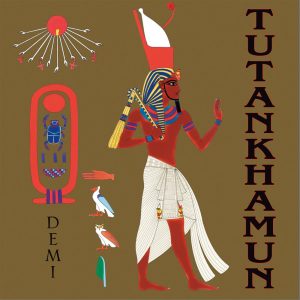 After thirty-two centuries of lying hidden in the Egyptian Valley of the Kings, King Tutankhamun’s sacred, royal tomb was discovered by a British archaeologist, and Tut’s story became known throughout the world. Demi sets King Tutankhamun’s life in the context of the religious beliefs of his ancestors. Born to a pharoah who had the revolutionary idea that all of Egypt must worship only one god, Tut ascended the throne and restored religious freedom to the Upper and Lower kingdoms. He allowed his subjects to worship either the one god, Aten, of his father or the many shapes and forms of the sun god, Amun, whom they had worshiped since ancient times. Using research that includes the artifacts in King Tutankhamun’s tomb, Demi shares the rich details of the king’s life, from ostrich and lion hunts, to the challenges of ruling his Kingdom. Demi’s storytelling skills and magnificent artwork, inspired by Egyptian line in paintings, architecture, sculpture, and jewelry, reveal the life of a remarkable king who has been watching us “across a span of more than 3,000 years.”
After thirty-two centuries of lying hidden in the Egyptian Valley of the Kings, King Tutankhamun’s sacred, royal tomb was discovered by a British archaeologist, and Tut’s story became known throughout the world. Demi sets King Tutankhamun’s life in the context of the religious beliefs of his ancestors. Born to a pharoah who had the revolutionary idea that all of Egypt must worship only one god, Tut ascended the throne and restored religious freedom to the Upper and Lower kingdoms. He allowed his subjects to worship either the one god, Aten, of his father or the many shapes and forms of the sun god, Amun, whom they had worshiped since ancient times. Using research that includes the artifacts in King Tutankhamun’s tomb, Demi shares the rich details of the king’s life, from ostrich and lion hunts, to the challenges of ruling his Kingdom. Demi’s storytelling skills and magnificent artwork, inspired by Egyptian line in paintings, architecture, sculpture, and jewelry, reveal the life of a remarkable king who has been watching us “across a span of more than 3,000 years.”

